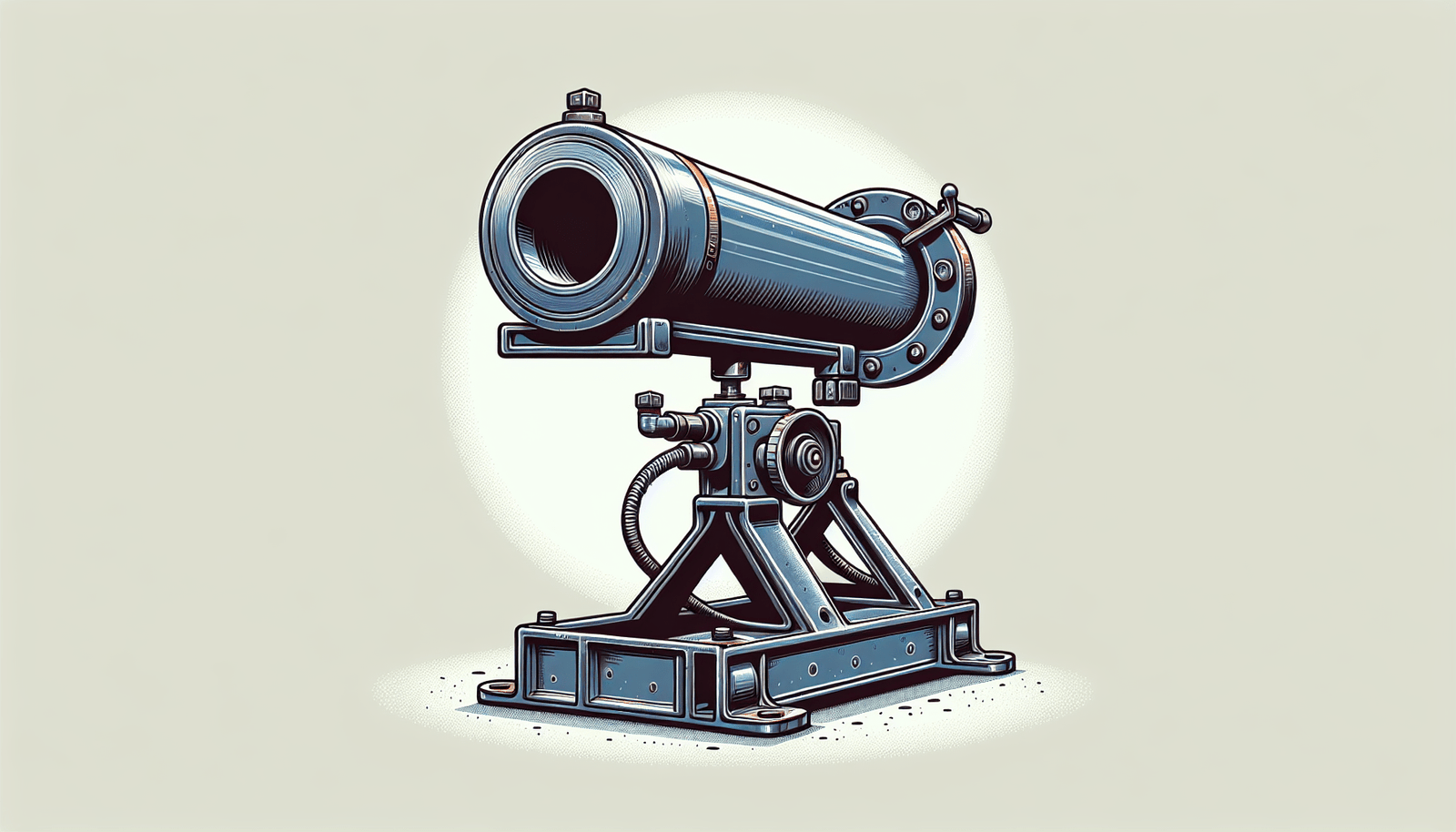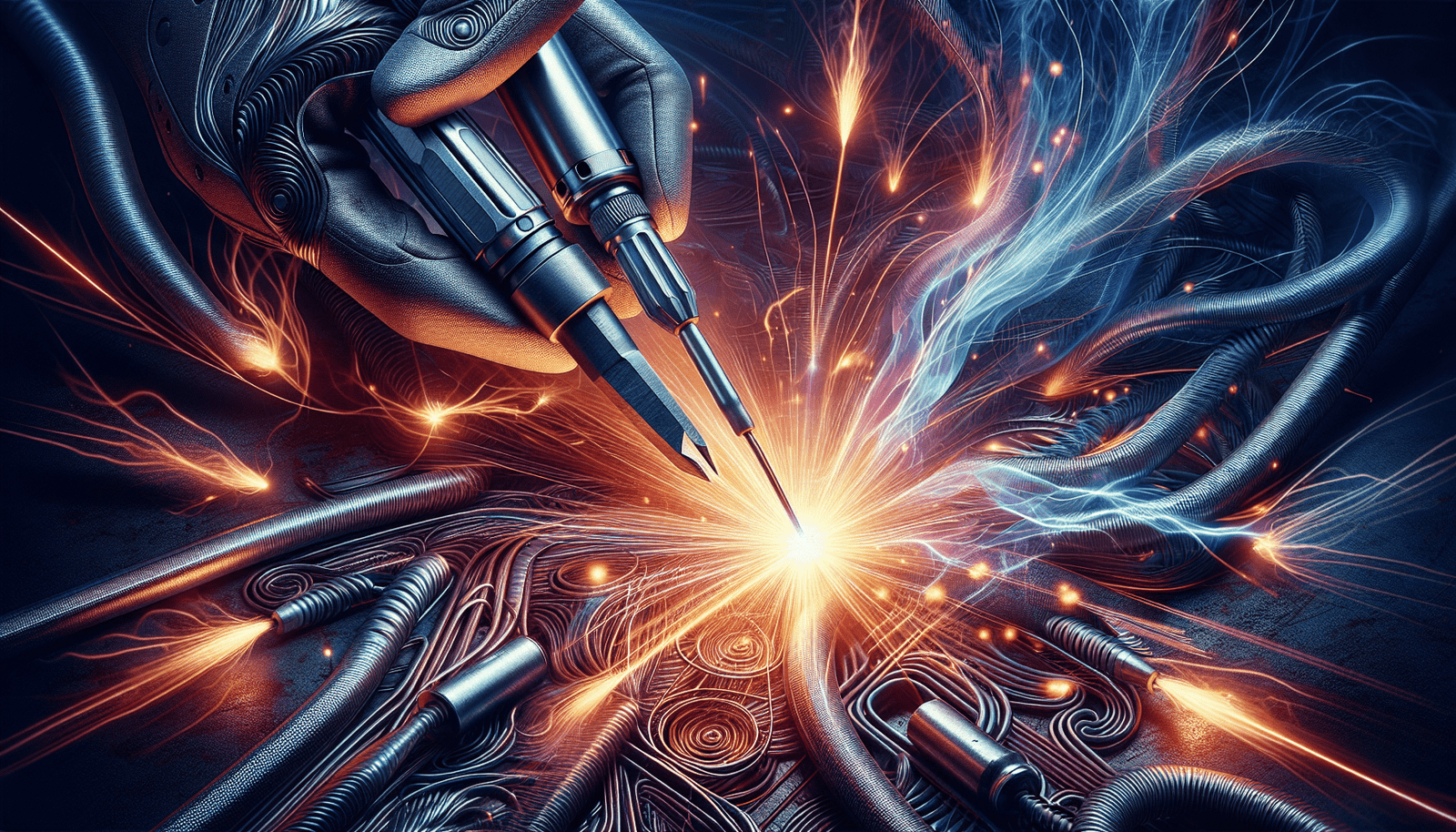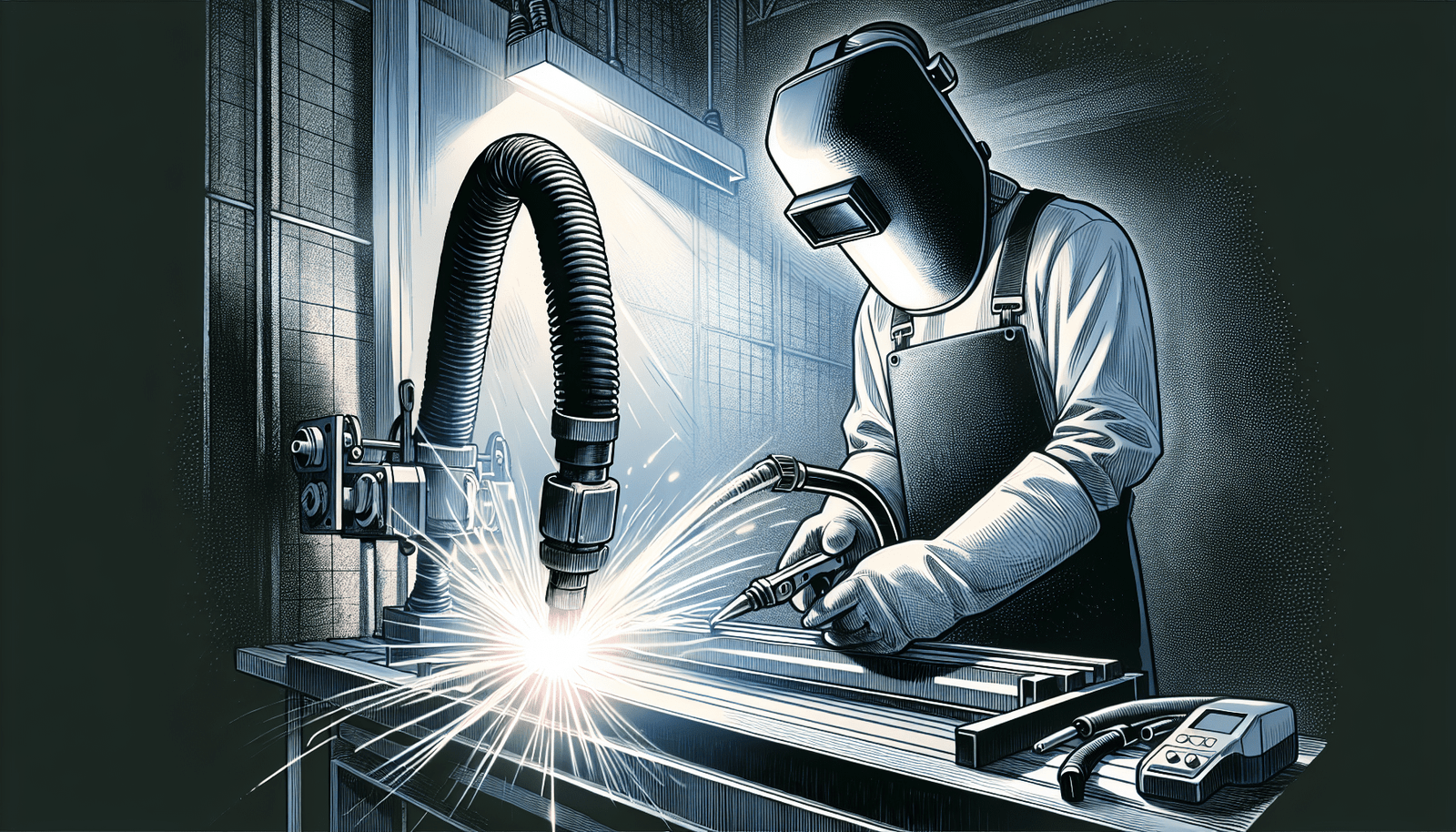Are you ready to embark on a welding project? Before you dive into the task, it’s important to have a solid understanding of how to properly set up your welding pipe jack stands. In this comprehensive guide, we will walk you through each step, ensuring that you have all the information you need to safely and efficiently set up your pipe jack stands. From selecting the right equipment to positioning the stands correctly, we’ve got you covered. Whether you’re a seasoned professional or a beginner, this step-by-step setup guide will ensure that your welding project gets off to a smooth start. So, let’s roll up our sleeves and get started!
Understanding Pipe Jack Stands
What are Pipe Jack Stands
Pipe jack stands are essential tools in welding that provide support and stability for pipes during various welding processes. They are designed to hold and elevate pipes, allowing welders to work with ease and precision. These stands consist of a base, a support column, and a head that provides different types of support, depending on the specific needs of the welding job.
Importance of Pipe Jack Stands in welding
Pipe jack stands play a vital role in ensuring the safety and accuracy of welding projects. They provide a stable and elevated platform for pipes, which reduces the risk of accidents and facilitates easier access to the workpiece. By securely holding the pipe in place, these stands prevent the pipe from shifting or moving during the welding process. This stability is crucial for achieving high-quality welds and maintaining proper alignment.
Types of Pipe Jack Stands
Roller head jack stands
Roller head jack stands feature a rolling head that allows for smooth rotation of the pipe. This type of head is ideal for projects that require the pipe to be rotated during welding, such as when welding joints or seams. The rollers minimize friction and make it easier for welders to maneuver the pipe into the desired positions.
Ball Transfer head jack stands
Ball transfer head jack stands have a ball transfer mechanism that enables easy movement of the pipe in any direction. The ball transfers distribute the weight evenly, ensuring that the pipe can be easily repositioned without causing any damage or strain. This type of jack stand is suitable for welding projects that require frequent adjustments or repositioning of the pipe.
Bar stock head jack stands
Bar stock head jack stands have a flat, sturdy support surface made of bar stock material. This type of head provides stability for heavier pipes and eliminates the need for additional support mechanisms. Bar stock head jack stands are commonly used in welding applications that involve large or heavy pipes.
V-Head jack stands
V-head jack stands feature a V-shaped support surface that cradles the pipe securely. The V shape provides maximum contact with the pipe, ensuring stability and preventing pipe rolling. This type of head is particularly useful for pipes with smaller diameters or when precise positioning is required.
Choosing the Right Pipe Jack Stand
Based on load capacity
When selecting a pipe jack stand, it is crucial to consider the weight and load capacity of the pipe. Each jack stand has a specified load capacity, and it is important to choose a stand that can safely support the weight of the pipe being welded. It is advisable to select a jack stand with a higher load capacity than the actual weight of the pipe to ensure optimal stability and safety.
Based on pipe size
The size of the pipe also plays a significant role in choosing the right jack stand. Different jack stands are designed to accommodate specific pipe sizes, so it is important to select a stand that matches the diameter of the pipe being worked on. A properly fitted jack stand will provide better support and stability, enhancing the overall welding experience.
Based on height of the stand
The height of the jack stand is another crucial factor to consider. It is important to choose a stand with an adjustable height feature to accommodate various welding positions and working heights. Adjustability ensures that the pipe can be positioned at a comfortable working height, reducing strain on the welder and improving overall efficiency.
Based on type of work surface
Consider the type of work surface where the pipe jack stand will be used. Some stands are designed for specific surfaces, such as concrete, while others are more versatile and can be used on various kinds of surfaces, including uneven or rough terrain. Choosing a stand that suits the work surface will ensure stability and safety during the welding process.
Safety Precautions while Setting up Pipe Jack Stands
Wearing protective gear
Before setting up pipe jack stands, it is essential to prioritize safety by wearing appropriate protective gear. This includes safety glasses, welding gloves, welding helmet, and steel-toe boots. Protective gear provides necessary protection against sparks, debris, and potential hazards associated with welding.
Checking the load capacity before use
Always verify the load capacity of the jack stand before use. Ensure that the stand is capable of safely supporting the weight of the pipe and any additional equipment. Using a jack stand with insufficient load capacity can lead to instability and jeopardize the safety of the welding operation.
Ensuring adequate space for setup
It is important to have enough space to set up the jack stand properly. Ensure that the surrounding area is clear of any obstacles or tripping hazards. Adequate space allows for easy movement and adjustment of the pipe, reducing the risk of accidents or damage to the workpiece.
Verifying surface stability
Before placing the jack stand on the work surface, ensure that the surface is stable and level. Unstable surfaces can compromise the stability of the jack stand and cause accidents during welding. Check for any unevenness or irregularities in the surface and make necessary adjustments to ensure a secure setup.
Unpacking the Jack Stand
Inventory of pieces included in the package
When unpacking the jack stand, carefully inspect the package and inventory all the pieces included. Ensure that all the necessary components, such as the base, support column, and head, are present. If anything is missing or damaged, contact the manufacturer or supplier for assistance.
Inspection for any damage or defects
Inspect each component of the jack stand for any signs of damage or defects. Look for cracks, dents, or any other irregularities that may compromise the functionality or safety of the stand. If any damage is observed, do not attempt to use the jack stand and seek a replacement or repair as necessary.
Understanding the assembly instructions
Refer to the assembly instructions provided with the jack stand to gain a clear understanding of the setup process. Familiarize yourself with the different components and how they fit together. Following the instructions carefully will ensure the proper assembly of the jack stand and minimize the risk of errors or safety hazards.
Assembling the Pipe Jack Stand
Step-by-step assembly process
Follow the assembly instructions provided by the manufacturer to assemble the pipe jack stand correctly. Start by attaching the support column to the base and securely fastening it using the designated screws or bolts. Then, connect the head to the support column, ensuring a tight fit. Take care to align the components properly as instructed.
Connecting different parts
Ensure that all parts are properly connected and aligned before tightening any screws or bolts. This will prevent misalignment and instability once the jack stand is fully assembled. Double-check each connection to ensure a secure and stable setup.
Ensuring the parts are securely fitted
Once all the components are connected, tighten all the screws or bolts according to the manufacturer’s instructions. Pay close attention to the tightness to ensure that the parts are securely fitted together. A well-assembled jack stand is essential for providing stability and support during welding.
Adjusting the Height of Pipe Jack Stand
Unlocking the height adjustment mechanism
To adjust the height of the pipe jack stand, locate the height adjustment mechanism and unlock it by following the manufacturer’s instructions. This mechanism may involve releasing a locking pin or lever to allow for height adjustment.
Setting the desired height
Adjust the height of the stand to the desired position by moving the support column up or down. Ensure that the height is appropriate for the welding task at hand and provides a comfortable working position. Take care not to exceed the maximum height limit specified by the manufacturer.
Locking the height adjustment mechanism
Once the desired height is achieved, securely lock the height adjustment mechanism to prevent any unwanted movement during the welding process. Ensure that the locking mechanism is engaged and holds the support column firmly in place. This will maintain the stability and safety of the jack stand throughout the welding operation.
Positioning the Pipe on the Jack Stand
Aligning the pipe correctly
Position the pipe on the jack stand by aligning it parallel to the support column. Ensure that the pipe is centered and properly seated on the supporting surface of the jack stand. Proper alignment is essential for stability and maintaining the integrity of the weld.
Adjusting the position for better accessibility
Depending on the welding task, it may be necessary to adjust the position of the pipe on the jack stand for better accessibility. This can be accomplished by rotating the pipe or making minor adjustments to its placement. Take care not to compromise the stability of the stand when making these adjustments.
Checking the stability of the pipe on stand
Before starting the welding process, verify the stability of the pipe on the jack stand. Ensure that the pipe is securely held in place and does not wobble or move when pressure is applied. A stable pipe position is crucial for achieving accurate and high-quality welds.
Testing the Setup
Performing a small-scale test
Before commencing with the actual welding, perform a small-scale test by applying slight pressure to the pipe and the jack stand. This will help identify any instability or issues with the setup. Pay close attention to any movements or shifts and make necessary adjustments as required.
Checking for any movement or instability
Observe the pipe and the jack stand for any movement or instability during the testing phase. If there is any noticeable movement or shaking, reevaluate the placement of the pipe on the jack stand and make necessary adjustments. It is essential to ensure a stable setup before proceeding with welding.
Final adjustments if needed
If any issues or instabilities are identified during testing, make the necessary adjustments to the jack stand or the position of the pipe. Double-check all connections and ensure that everything is securely fastened. Repeat the testing process until a stable setup is achieved.
Maintenance and Precautions Post Setup
Regular inspection of the stand
After each use, inspect the pipe jack stand for any damage or wear. Check for loose screws or bolts, cracks, or any other signs of deterioration. Regular inspection ensures that the jack stand remains in good condition and can be relied upon for future welding projects.
Proper storage when not in use
When the pipe jack stand is not in use, store it in a dry and secure place. Protect it from exposure to moisture, extreme temperatures, or any other environmental factors that may cause damage. Proper storage extends the lifespan of the jack stand and ensures its functionality for future use.
Common troubleshooting tips
If any issues or problems are encountered during the use of the pipe jack stand, consult the troubleshooting section of the manufacturer’s manual or contact their customer support. They can provide guidance or solutions for common issues, such as unstable support or difficulties with adjusting the height mechanism. Following their recommendations will help rectify any problems and ensure safe and efficient use of the jack stand.
In conclusion, pipe jack stands are indispensable tools in welding that provide stability, support, and safety during the welding process. By understanding the different types of pipe jack stands, choosing the right one, and adhering to safety precautions while setting up, unpacking and assembling the stand, welders can enhance the accuracy and efficiency of their work. Regular maintenance and proper storage of the jack stand will ensure its longevity and reliability for future welding projects.




